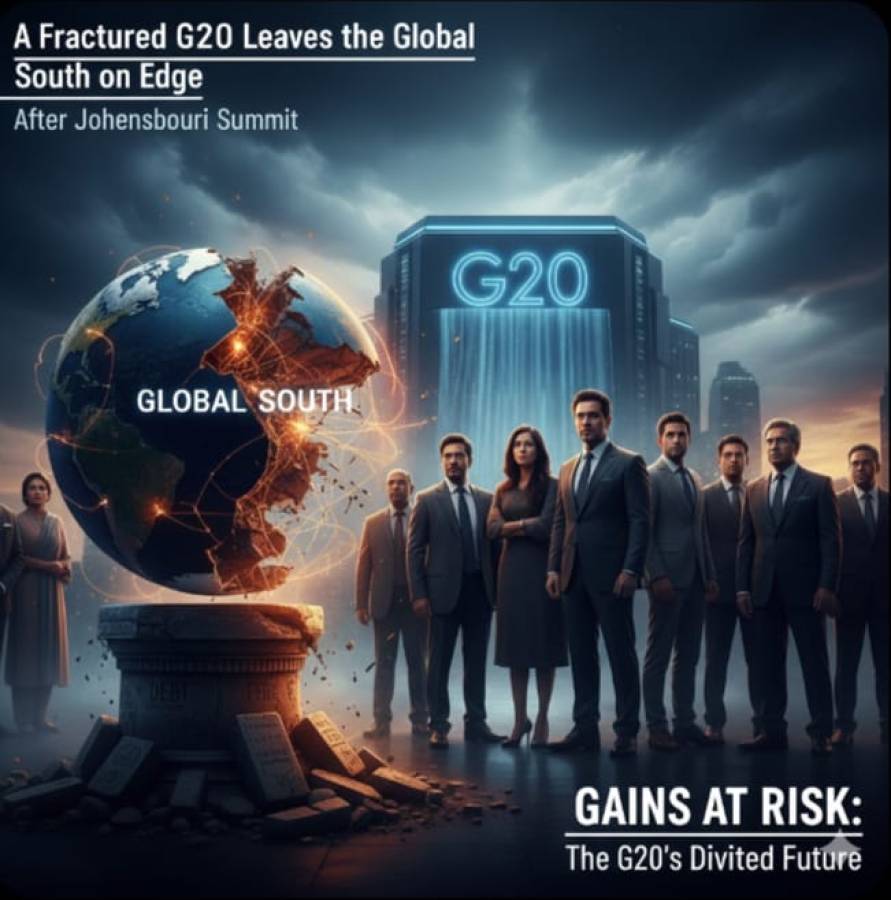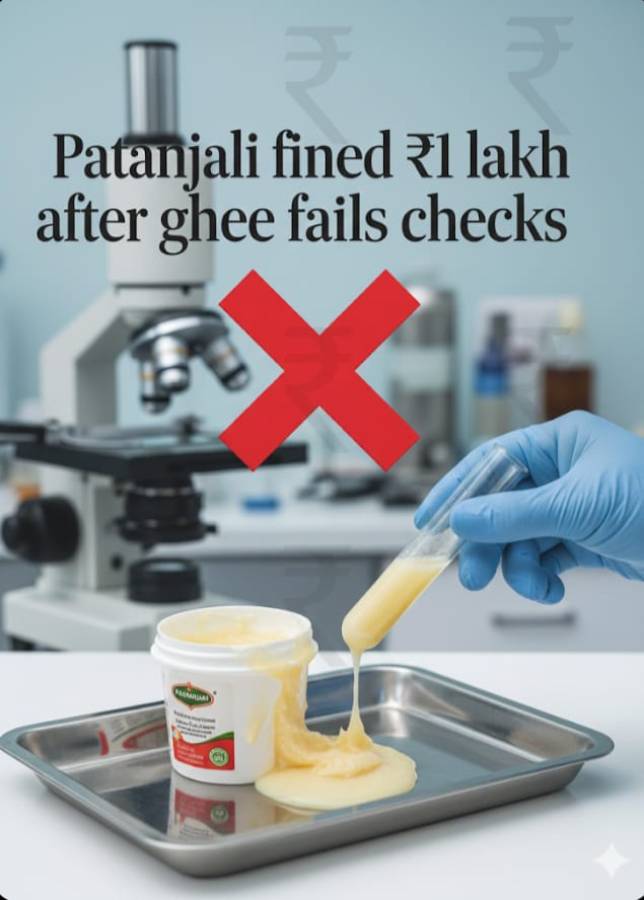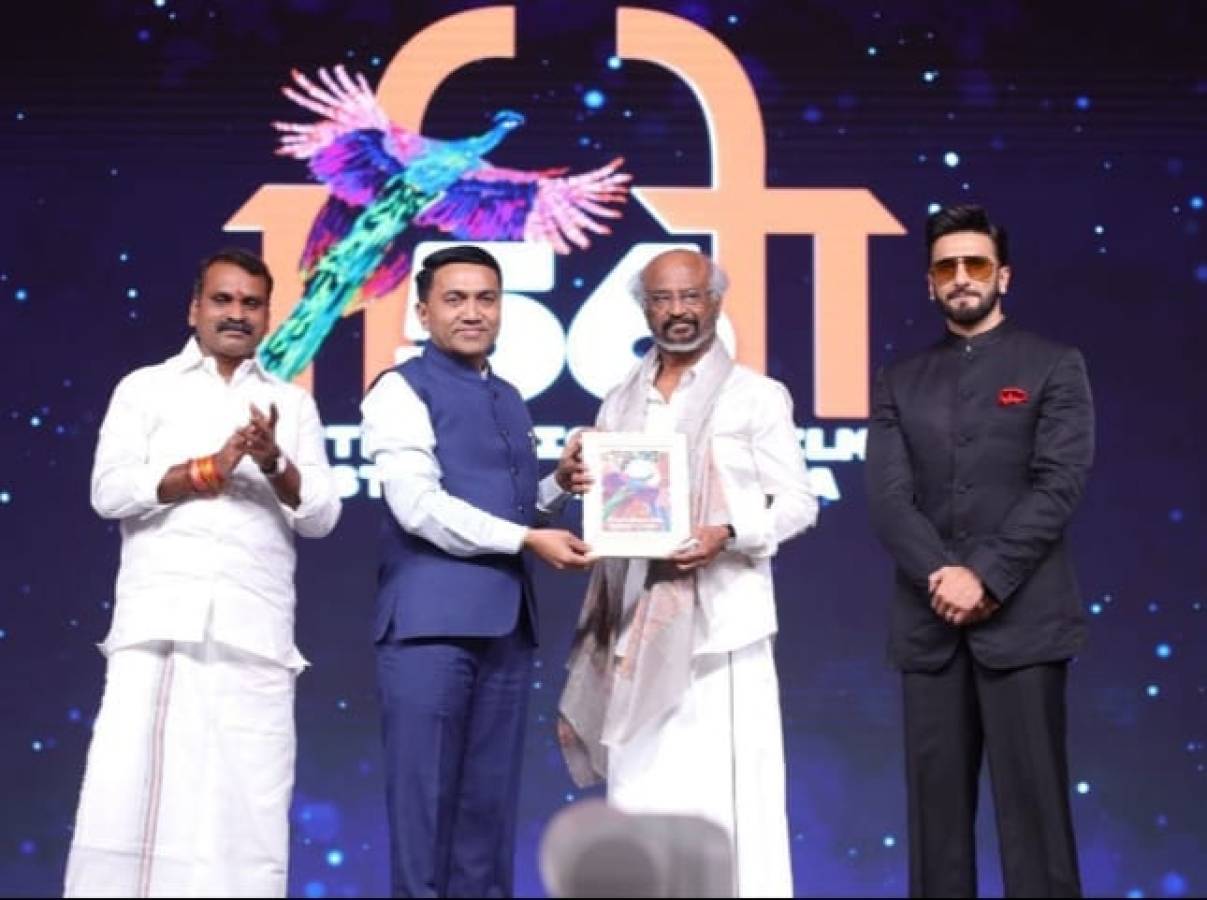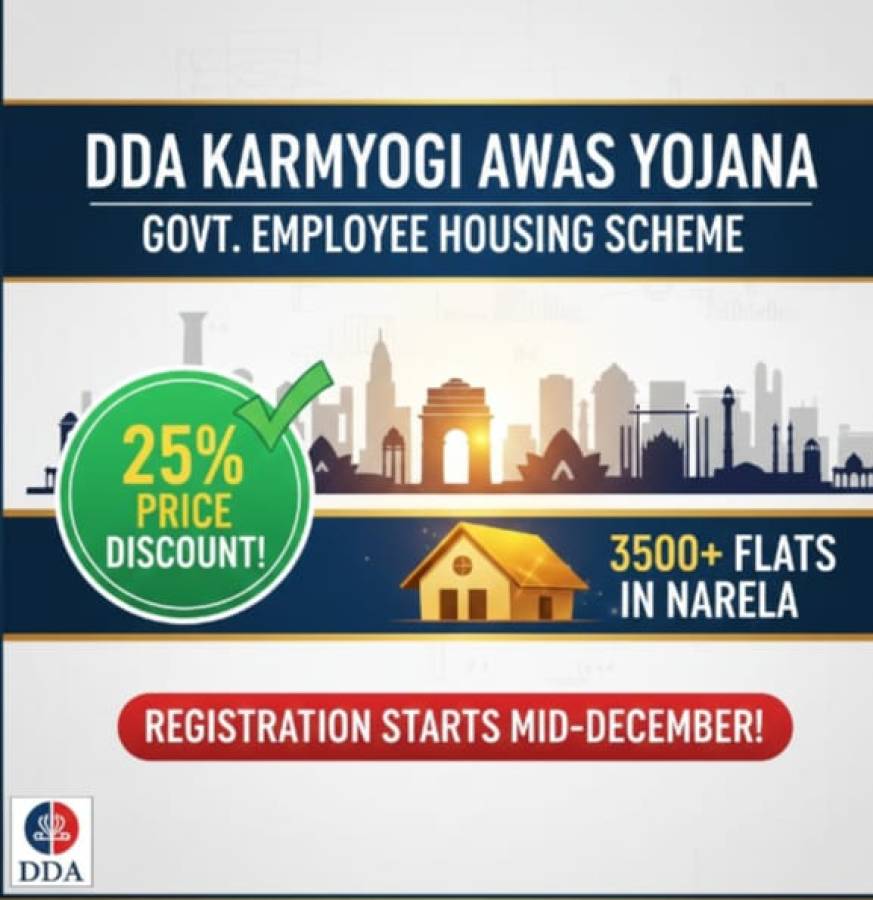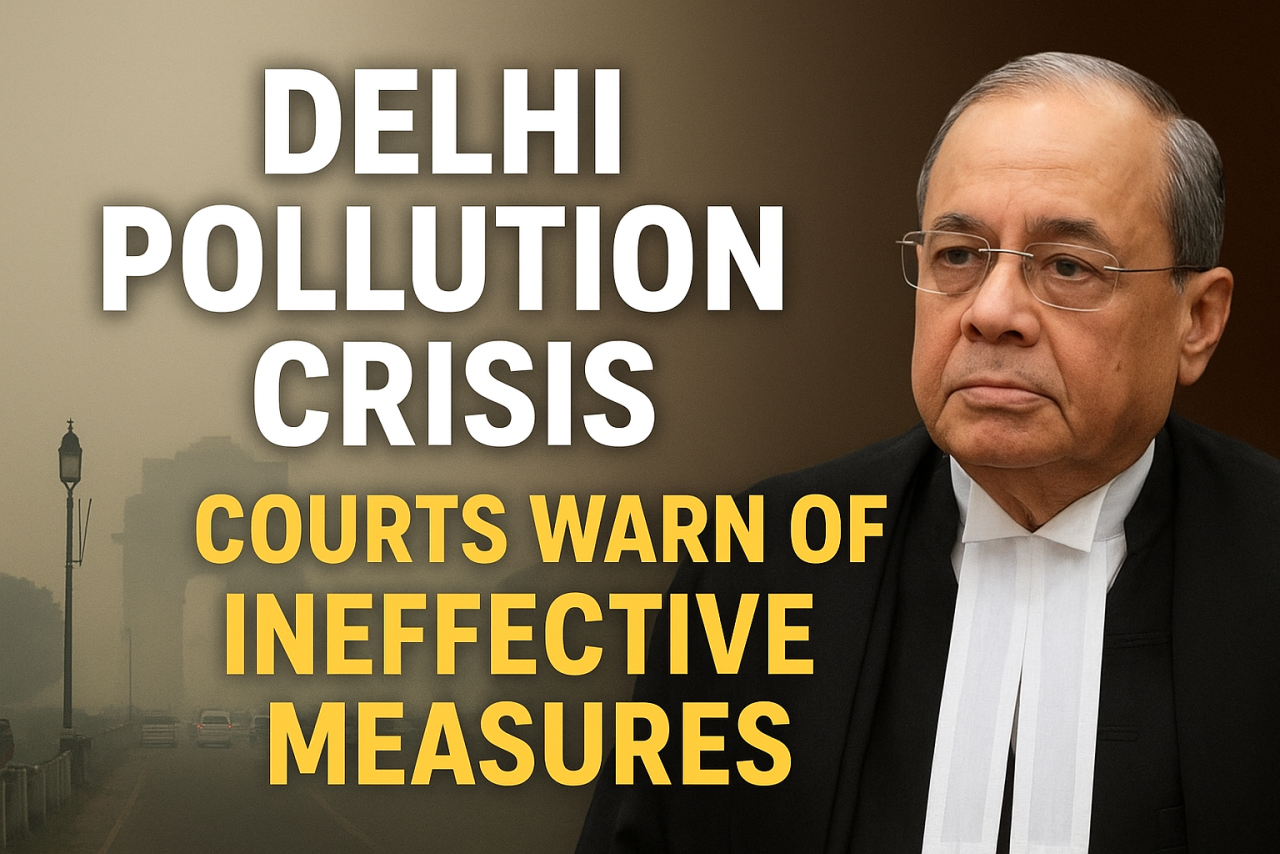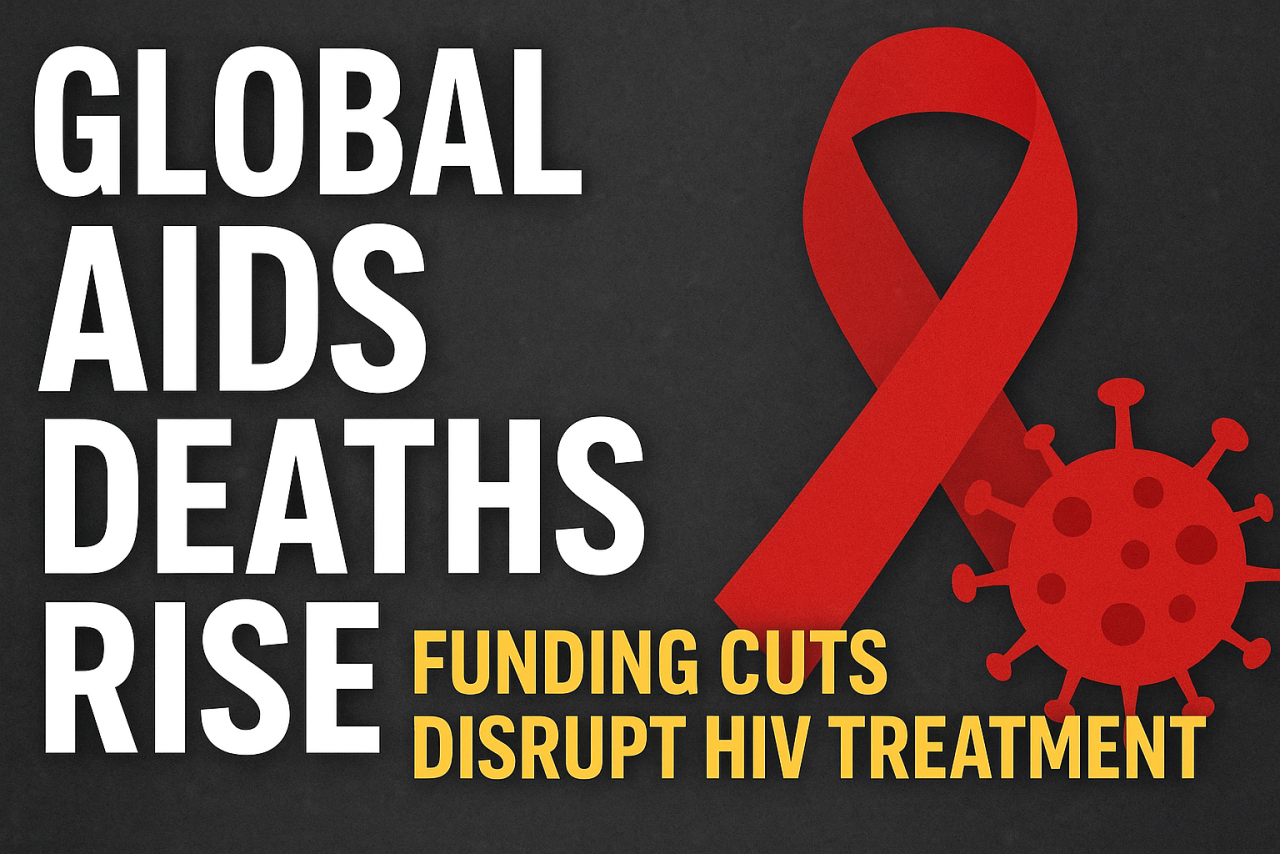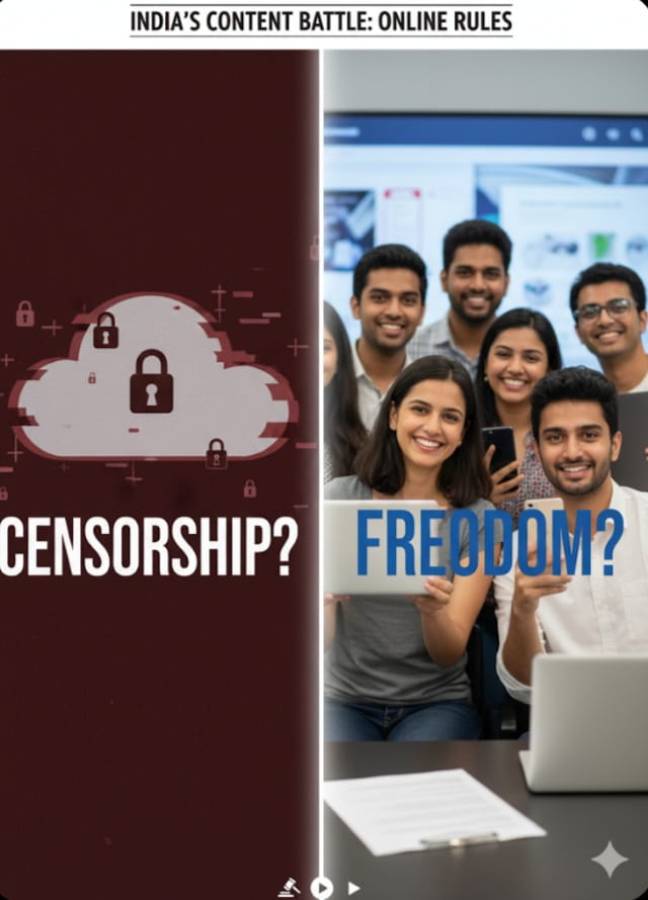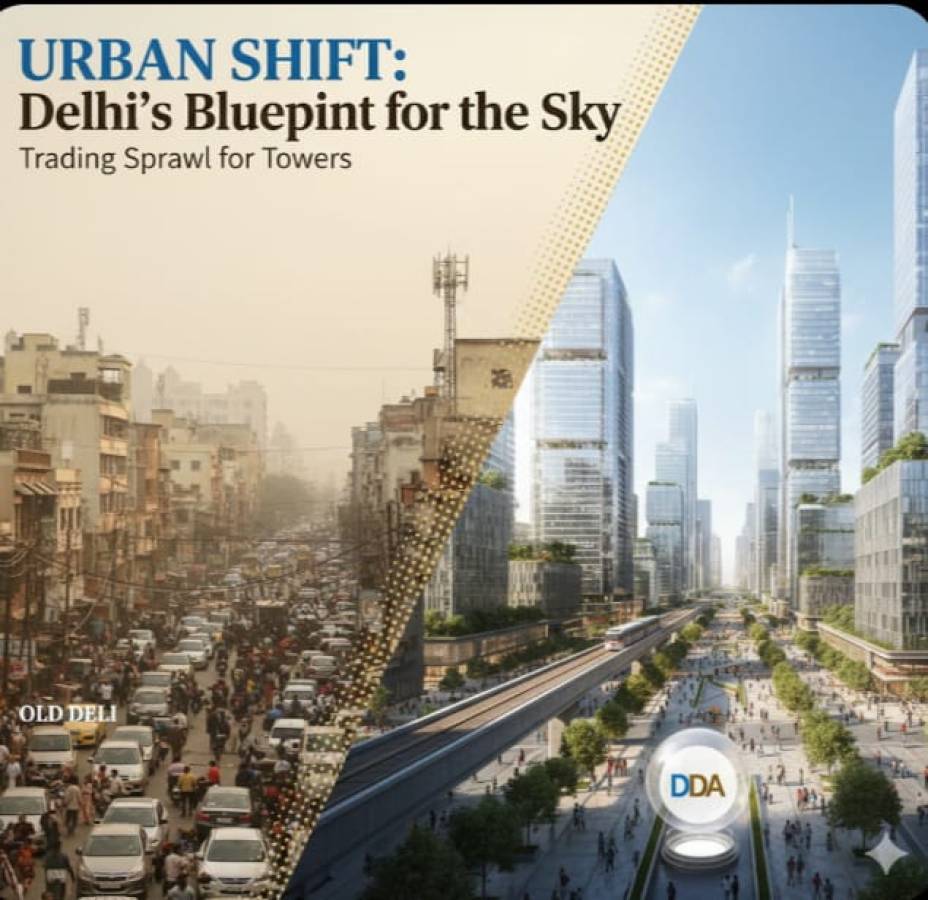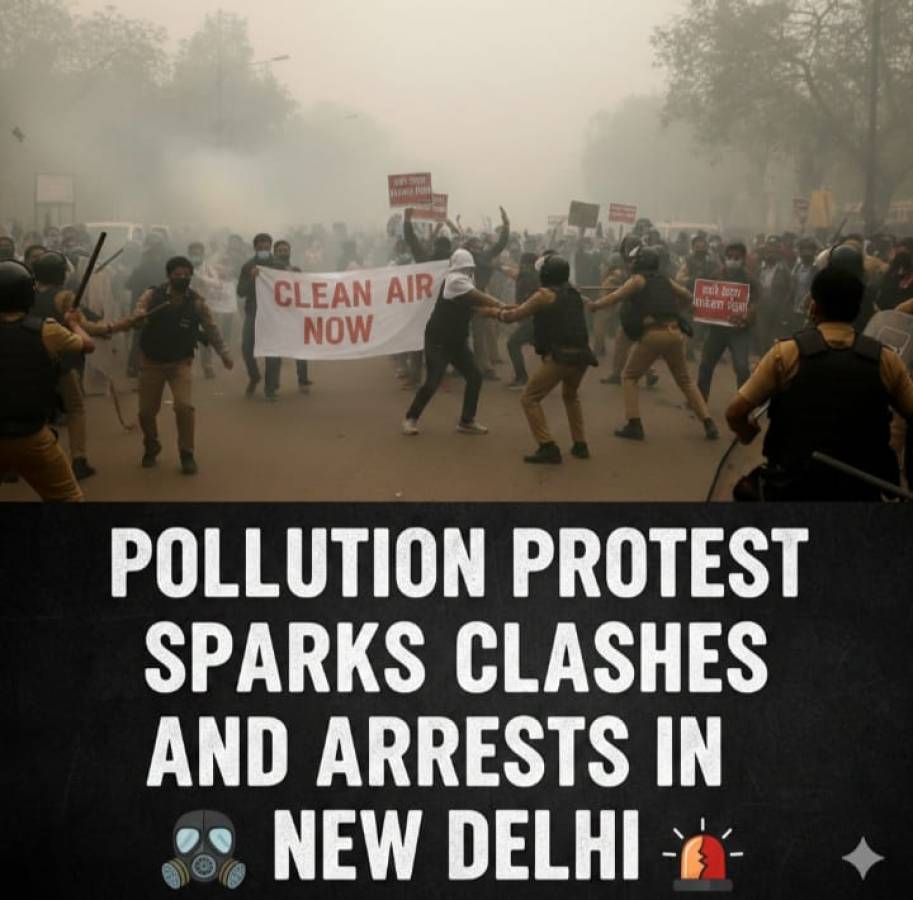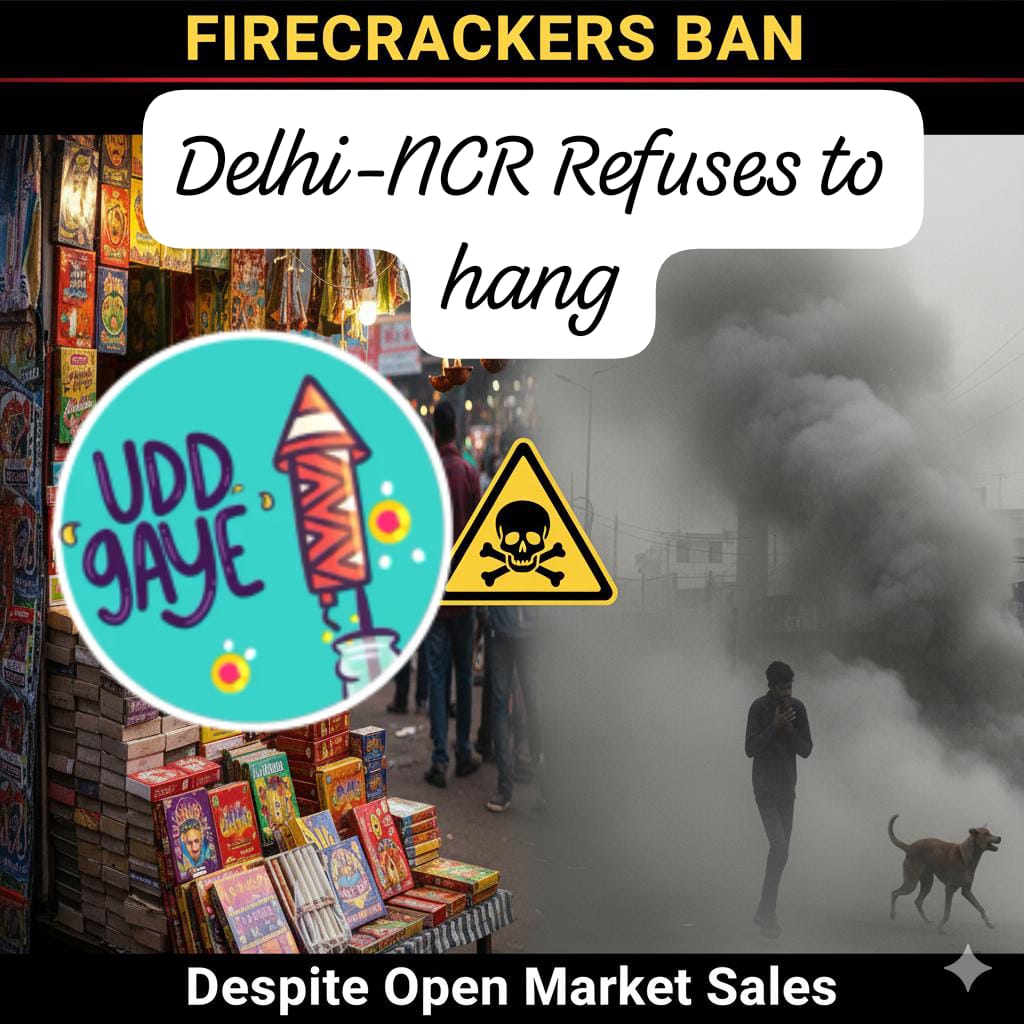
The festive season in India, particularly Diwali, is meant to herald light and prosperity. Yet each year, it begins with grim irony: markets openly selling banned firecrackers in defiance of court orders. Despite judicial bans, police raids, and public warnings, the vibrant lanes of cities turn into bazaars of contraband, where profit and tradition outweigh public health and the environment. The persistent violation of the law is more than a regulatory failure — it reflects a deep societal complacency that has transformed one of the world’s most beautiful festivals into a public health crisis.
The Ban’s Ineffectiveness and the Market’s Audacity
The Supreme Court and various state governments have consistently intervened, acknowledging the catastrophic link between firecrackers and the post-Diwali surge in pollution. The courts, in their most recent orders, have often tried to strike a "balanced approach," relaxing complete bans to permit only 'green crackers' within strict time limits. However, the ground reality is a brazen flouting of these nuanced directives. Vendors openly sell conventional, highly polluting fireworks, “many smuggled or illegally manufactured” right in the heart of crowded markets.
The reasons for this audacity are complex: a massive, entrenched demand; the black market's high-profit margins; and, crucially a systemic failure in enforcement. When a blanket ban proves "counterproductive," leading to widespread black marketing, as the courts have noted, it exposes a gap between judicial intent and administrative capability. It makes the ban a hollow deterrent, allowing vendors to operate with a degree of impunity until a sporadic raid occurs. It’s a vicious cycle: the ban drives the trade underground or into dimly policed corners, which in turn leads to the sale of even more toxic, unregulated products that inflict greater damage on air quality.
Pollution and Health
The true cost of this festive transgression is paid not in rupees, but in health and clean air. Firecrackers are miniature chemical factories, releasing a cocktail of toxic pollutants upon ignition. These include heavy metals like lead, copper, barium, and strontium, along with noxious gases such as sulfur dioxide (SO_2) and nitrogen oxides (NO_x). The most dangerous component is the fine particulate matter (PM_{2.5}), which is small enough to bypass the body's natural defenses and lodge deep in the lungs and even enter the bloodstream.
In the days following Diwali, cities like Delhi-NCR often see their Air Quality Index (AQI) spike into the 'Severe' category. The smog carries severe consequences for all, but disproportionately impacts all:
Humans: The toxic haze triggers an increase in respiratory illnesses, including acute exacerbations of asthma and bronchitis. Children, the elderly, and those with pre-existing heart or lung conditions face elevated risks of heart attacks, stroke, and chronic respiratory diseases. The noise pollution, often exceeding 140 decibels, contributes to stress, anxiety, and potential hearing damage.
Animals: Our non-human co-habitants are perhaps the most defenseless victims. The cacophony causes intense panic, anxiety, and disorientation in pets and stray animals, often leading to them fleeing their homes, resulting in accidents or injuries. Birds are particularly sensitive, sometimes abandoning nests or suffering fatal shocks due to the sudden, overwhelming noise.
Social Conscience
The fight against firecracker pollution cannot be won by court orders and sporadic raids alone. It requires a profound shift in social conscience. For too long, the 'right to celebrate' has overshadowed the 'right to breathe.' The awareness must move beyond school-level anti-cracker campaigns and into the public discourse, becoming a point of collective responsibility.
We must critically question the nature of tradition: Does a celebration of light truly require an act that plunges the city into toxic darkness? Society must recognize that buying illegal crackers is not an act of festive defiance but an endorsement of black market pollution and a direct contribution to their neighbor's suffering.
Instead of accepting open market violations as a norm, citizens must become stakeholders in enforcement, reporting illegal sales and choosing alternatives like diya lighting, community gatherings, or non-polluting light and laser shows. It is time for society to realize that a truly prosperous Diwali is one where the air is as clean as the diya's flame.



